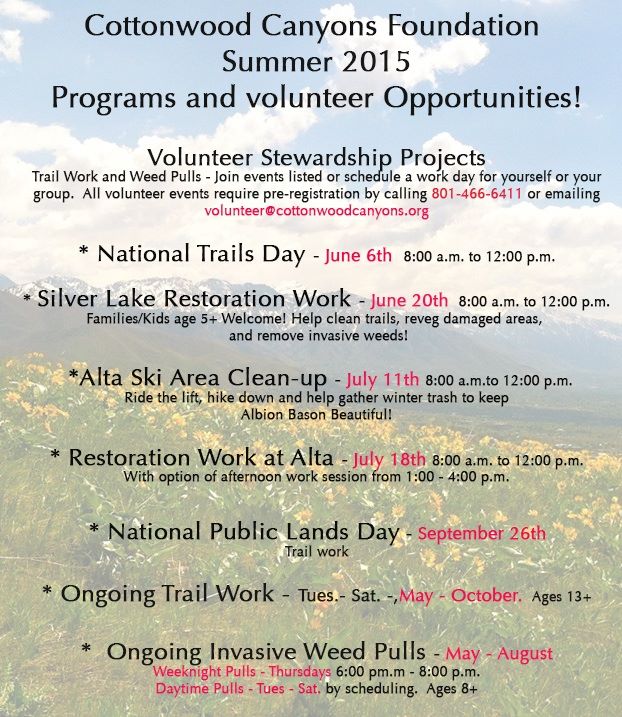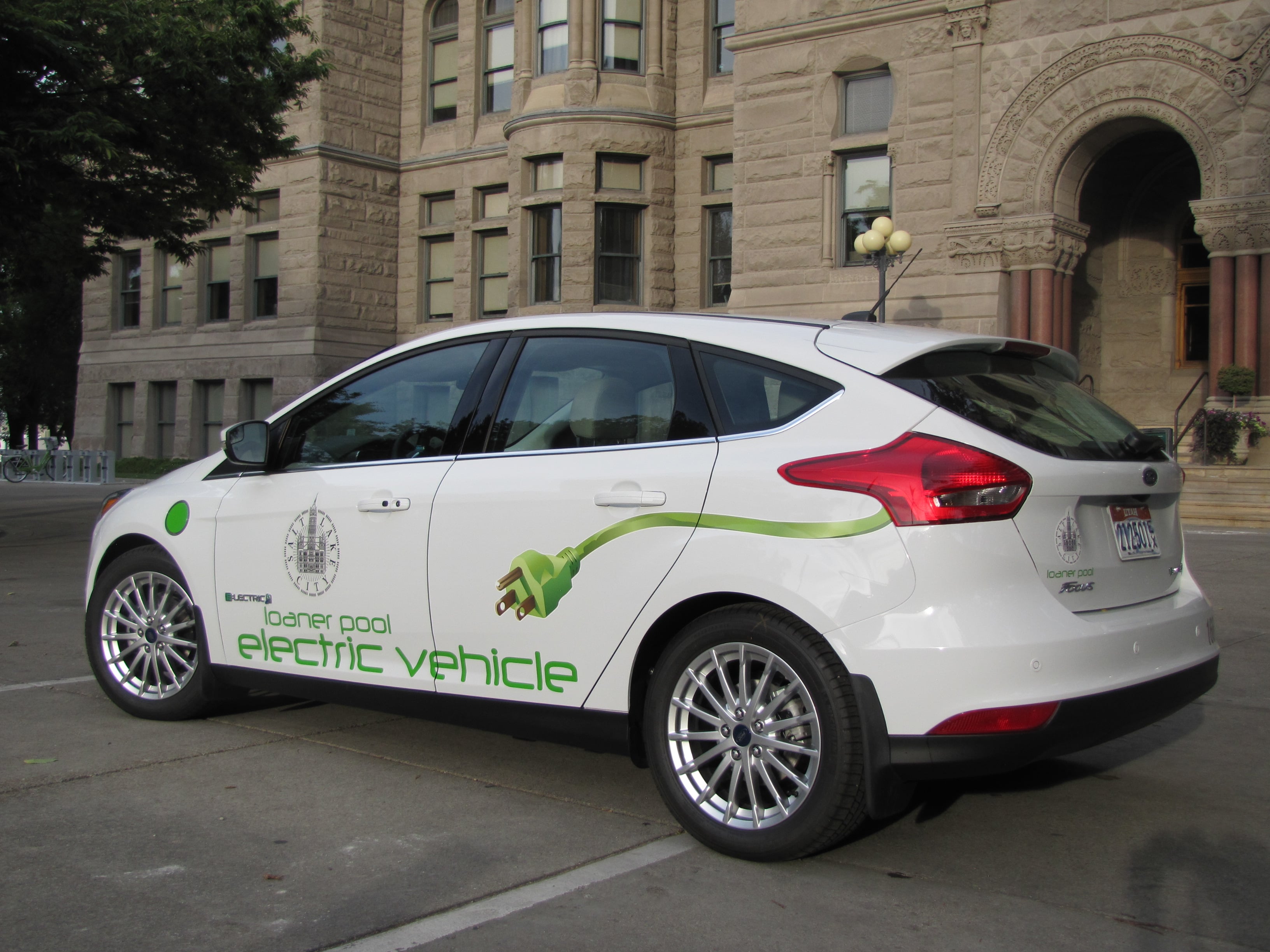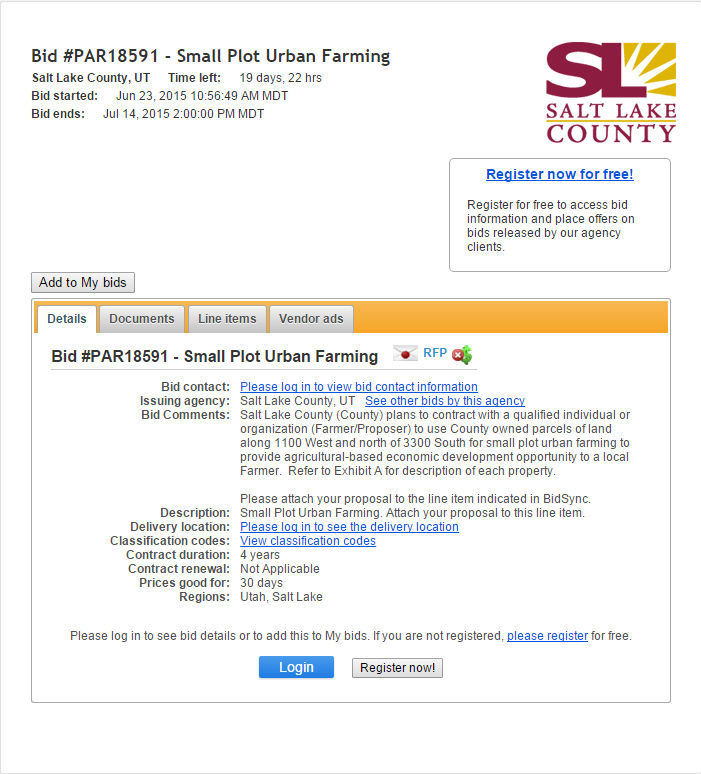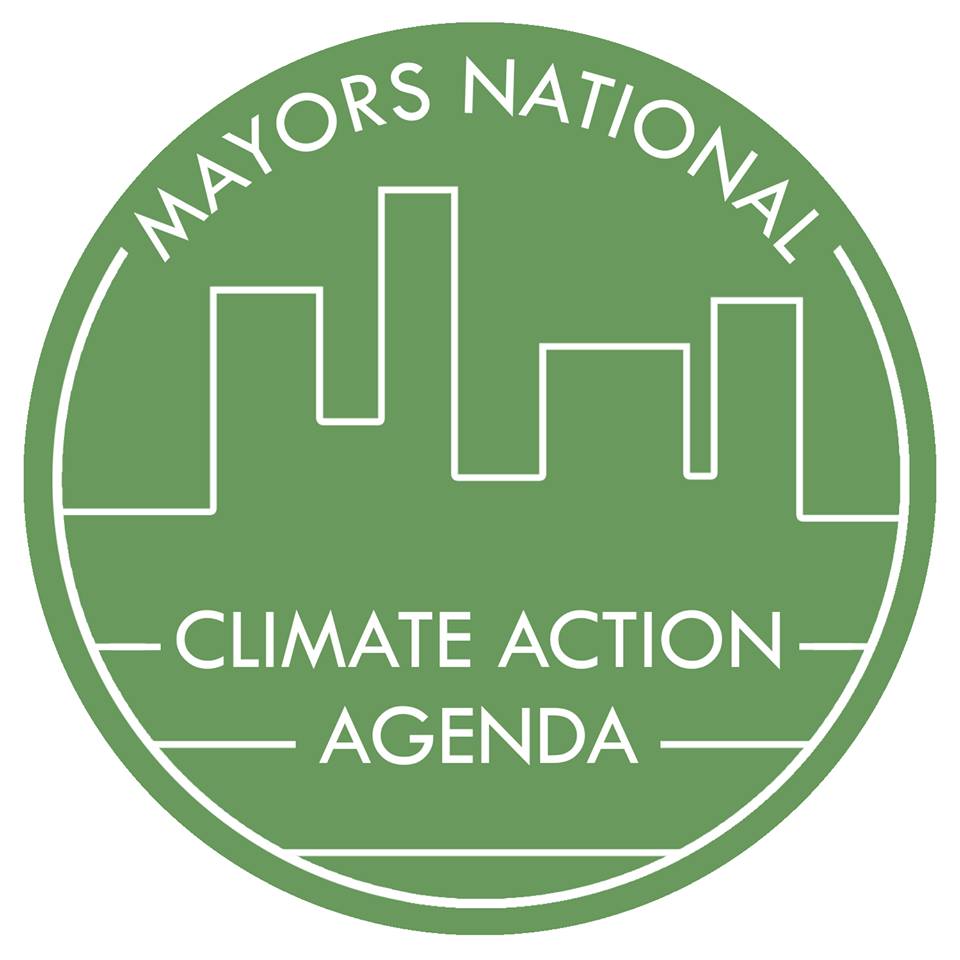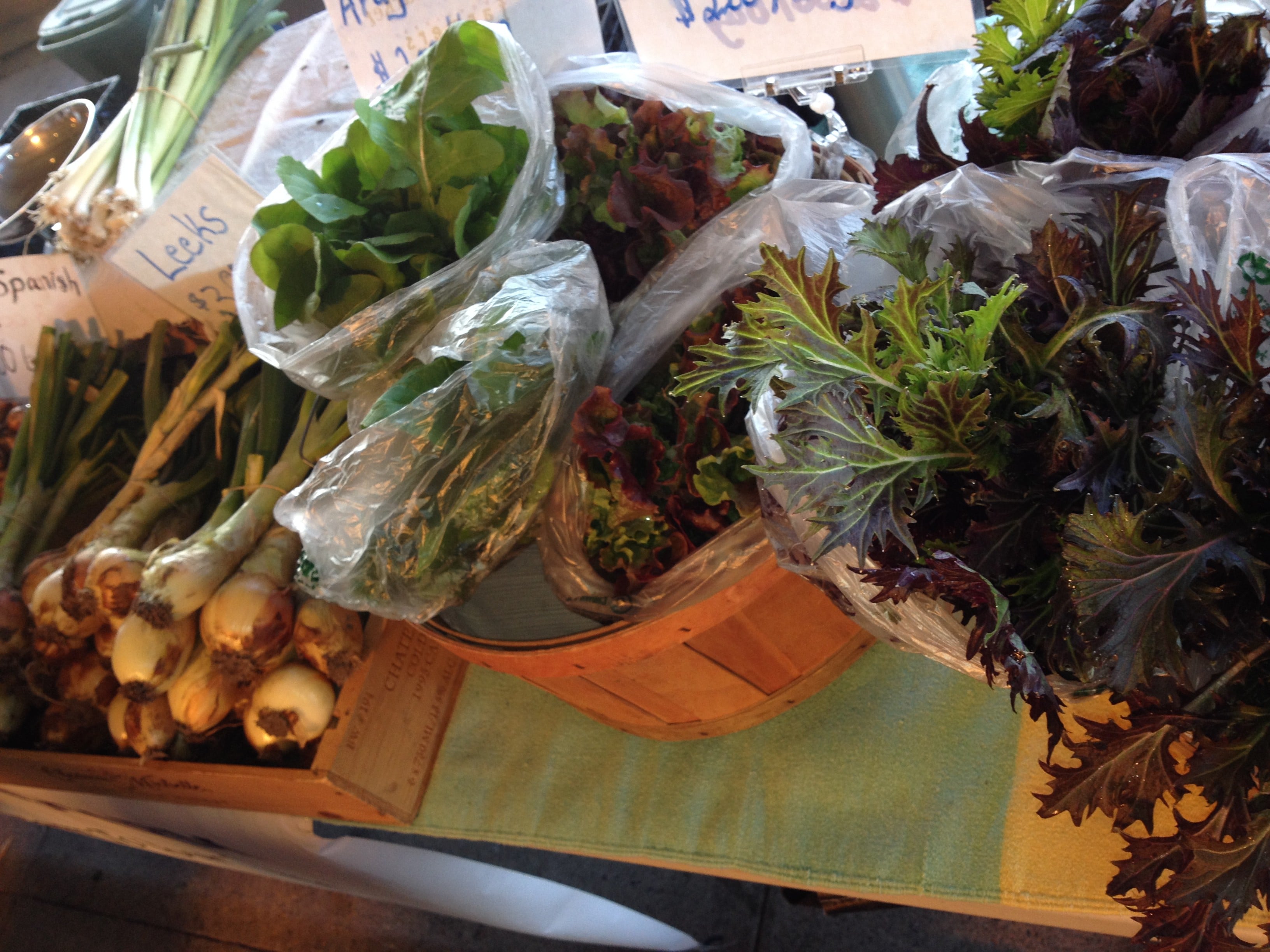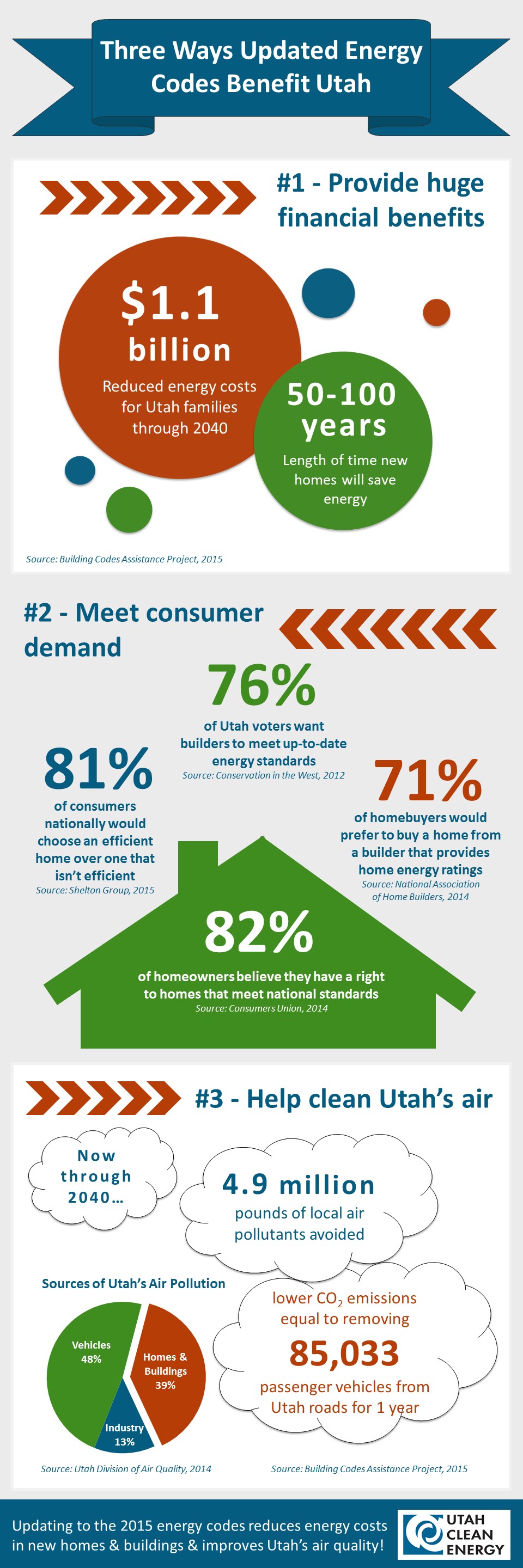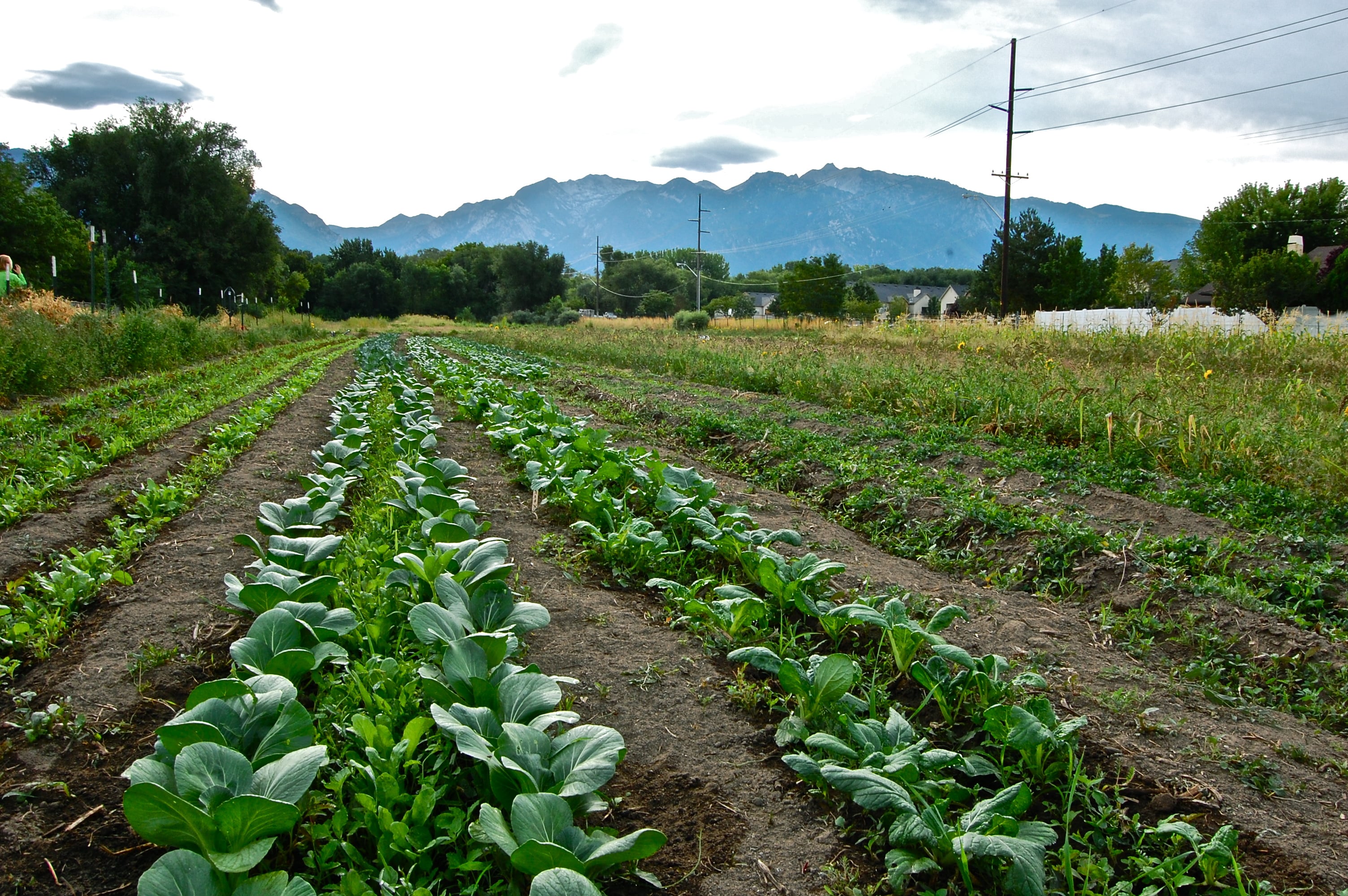SLCgreen is excited to highlight the Double Up Food Bucks program, which began July 1st, 2015 and is available at 19 different farmers’ markets around the state.
Back for its second year, this program helps low income families who participate in SNAP (supplemental nutrition assistance program) stretch their food dollars by matching dollar for dollar on farmers’ market and farm stand purchases. This win-win-win program helps families afford fresh, healthy produce, while also supporting local farmers, and keeping food dollars within the local economy.
“According to a study completed by Sustainable Seattle, every dollar spent at a farmers’ market generates $2.80 of local economic activity. The benefit of Salt Lake City’s portion of the grant has potential to contribute as much as $336,000 to our local, Salt Lake City economy while increasing access to healthy food among our food insecure residents.”
Salt Lake City is committed to developing a more accessible, healthy, and equitable local food system. Food Security is one of the twelve core areas in the City’s Livability agenda. Therefore, Salt Lake City has committed $60,000 to the Double Up Food Bucks program. This funding will support the program in conjunction with additional Food Insecurity Nutrition Incentive (FINI) grant funding awarded to Utahns Against Hunger.
So far this season there have already been 500 SNAP/ food stamp transactions at local farmers’ markets. With nearly 32,000 individuals participating in SNAP in Salt Lake City, the Double Up Food Bucks program will help even more families put fresh fruits and vegetables on the table.
For more information about how the program works, and where you can find a farmers’ market near you that supports this program, click here and visit the Utahns Against Hunger website.


